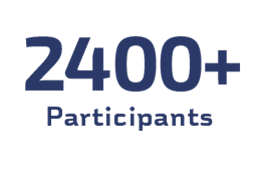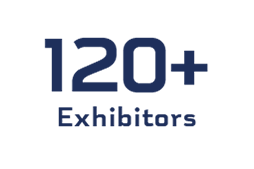
ショートコース
専門的なトピックを深く掘り下げ、専門講師の指導のもと、貴重な見識を獲得できます。

トレーニングセミナー
インタラクティブな学習やライブ指導により、集中的なトピックに対し、実用的なスキルや知識を習得できます。

専門的なトピックを深く掘り下げ、専門講師の指導のもと、貴重な見識を獲得できます。

インタラクティブな学習やライブ指導により、集中的なトピックに対し、実用的なスキルや知識を習得できます。
PEGS Bostonへようこそ
PEGS Boston Summitは、バイオロジクス開発の合理化に不可欠な会議




2026年 基調講演セッション

プレナリー基調講演
2026年のCAR:新しいモデルと新たなステージ
Michel Sadelain, MD, PhD
PEGSの若手科学者による基調講演アルムナイパネル:
先見の明のある若手科学者によるタンパク質科学のイノベーション

MODERATOR:
James A. Wells, PhD
Professor, University of California, San Francisco

PANELISTS:
Kathryn Hastie, PhD
Instructor, La Jolla Institute for Immunology

Jamie Spangler, PhD
Associate Professor, Johns Hopkins University

Kipp Weiskopf, MD, PhD
Resident Physician, Brigham and Women’s Hospital

Timothy Whitehead, PhD
Professor, University of Colorado

Xin Zhou, PhD
Assistant Professor, Harvard Medical School
プレナリーファイヤーサイドチャット:
生成AI時代のスマート抗体設計についての考え方:バイオロジー、テクノロジー、エクスペリエンスの統合

MODERATOR:
Christopher J. Langmead, PhD
Director of Digital Biologics Discovery, Amgen

PANELISTS:
Rebecca Croasdale-Wood, PhD
Senior Director, Augmented Biologics Discovery & Design, Biologics Engineering, Oncology, AstraZeneca

Joshua Meier, PhD
Co-Founder, Chai Discovery

Maria Wendt, PhD
Global Head, Preclinical Computational Innovation Strategy Research Platforms, R&D, Sanofi

PEGS Boston Summitの場面